
Image credit: Got My Reservations
Okay, so the story of Knole is pretty juicy, but it starts way back during the mid-1400s, when it was first built. It is one of the largest houses in England, and its state rooms are largely preserved the way they were in the early 1600s. In this section, the juicy part is in the way Henry VIII forced Thomas Cranmer, his Archbishop of Canterbury, to hand it to him in 1538, just cause Henry liked it, and we now know that you don’t fight with good ole Hal. The Sackville family got control of the house during the reign of Elizabeth I in 1566 by being loyal courtiers, and Sackvilles have lived there ever since.

Image via onelondonone.blogspot.com
Many acres of park are still owned by the Sackville-West family and they live in over half of the house, but the National Trust owns the house and 43 acres of park. Its medieval deer park is comprised of 1ooo acres, and the deer that inhabit it are well-used to constant visitors, as Knole has been shown to the public for 500 years. Watching these very tame deer, it was sad to think that their original purpose on this property was to provide sport for the noblemen to hunt.

Image credit: Got My Reservations
Knole is so big and beautiful and full of ancient artifacts that it’s kind of hard to wrap your arms around its magnificence. We weren’t able to take photos inside because the furnishings and art are so old that they are on the verge of crumbling into dust.
“In the early 17th century, Thomas Sackville, 1st Earl of Dorset, transformed the late medieval archbishop’s palace into a Renaissance mansion. Towards the end of the 17th century, his great-great-grandson, the 6th Earl, acquired Knole’s unique collection of Stuart furniture and textiles through his office as Lord Chamberlain. And then, towards the end of the 18th century the 6th Earl’s great-grandson, the 3rd Duke, added Old Masters bought on the Grand Tour to Italy and portraits commissioned from contemporary English artists such as Reynolds and Gainsborough” (http://www.nationaltrust.org.uk/main/w-vh/w-visits/w-findaplace/w-knole/w-knole-history.htm).
The Stuart furniture and bed linens are in the process of being copied and hermetically sealed to protect them from further deterioration. It was really interesting to see the posters showing the original pieces prior to restoration and or duplication.


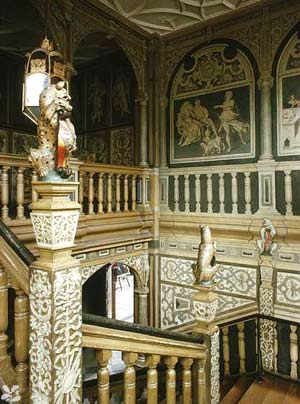
Now we get to the really juicy part. Thanks for waiting so patiently as the historian in me made her presentation.

Image via Wikipedia Commons
Enter The Honorable Victoria Mary Sackville-West, Lady Nicolson, the only daughter of the 3rd Baron Sackville. Vita, as she was called, grew up at Knole and talked about how living in Knole was like living in a museum. The family actually occupied a small part of the immense house and left the state rooms and ancient furnishings intact. Our guide told the story that once Vita snuck into one of the Stuart bedrooms and tried to use a hairbrush. Her mother about flipped out over this silly childish curiosity, but you can image mom’s horror to find her daughter playing with these priceless heirlooms!

Image via bookdepository.co.uk
By 1913, Vita had become the wife of Harold George Nicolson, a British writer and politician. Vita already had quite a history of having affairs with female lovers before her marriage, and although she and Harold were devoted to each other, their open marriage allowed them to experiment outside their marital vows. Their letters to each other were edited and published by their son, Nigel Nicolson, after their deaths, and show a couple deeply in love and committed to similar goals and values in life.
Although not officially a member of the Bloomsbury Group, Vita was a friend of the collective of writers, intellectuals, philosophers and artists who lived and worked together in the London neighborhood of Bloomsbury. They were political and social liberals who believed passionately in the importance of art, and also of personal relationships and individual pleasure.

Image via hunter.cuny.edu
Among the many now-famous members of this group was Virginia Woolf, who began a lovers’ relationship with Vita Sackville-West in 1922. Although Vita claims that the affair was only twice consummated, the relationship lasted until the late 1920s and Woolf’s novel, Orlando, is set at Knole and is said to tell the story of Vita’s affair with a previous female lover. Orlando explores the nature of gender difference and sexual identity because its main character goes back and forth in gender over its 400 years, and Woolf may have used Vita and her husband Harold, both openly bisexual, as the inspiration for Orlando.
Given the memories she had of Knole and her personal social agenda, you can imagine how difficult it was for Vita to be forced to leave it and renounce all claims to Knole simply because she was female. She was heartbroken when her father died and her male cousin inherited Knole and the hereditary title.
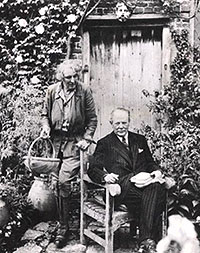
Image via telegraph.co.uk
Vita and Harold purchased Sissinghurst in 1930 and began to revive the ruined property, which in the 15th century was owned by the Baker family, who were related by marriage to the Sackvilles. She ended up owning a piece of her own history and making new history with the gardens that she and Harold created together.
This post linked up with hundreds of other 31 Day-ers.  Join the fun and visit other bloggers as they share a piece of themselves. I’m still number 568, by the way.
Join the fun and visit other bloggers as they share a piece of themselves. I’m still number 568, by the way.
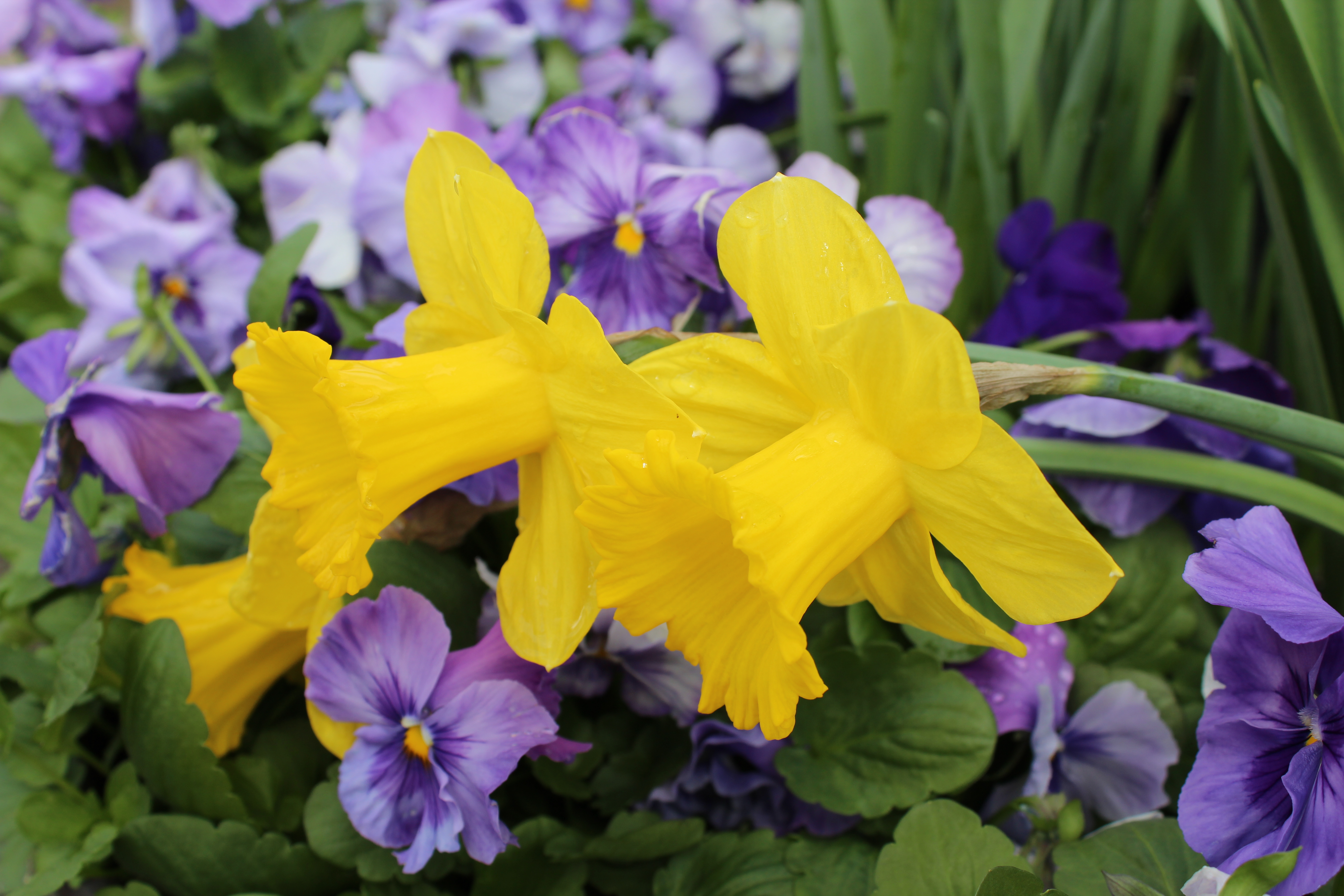
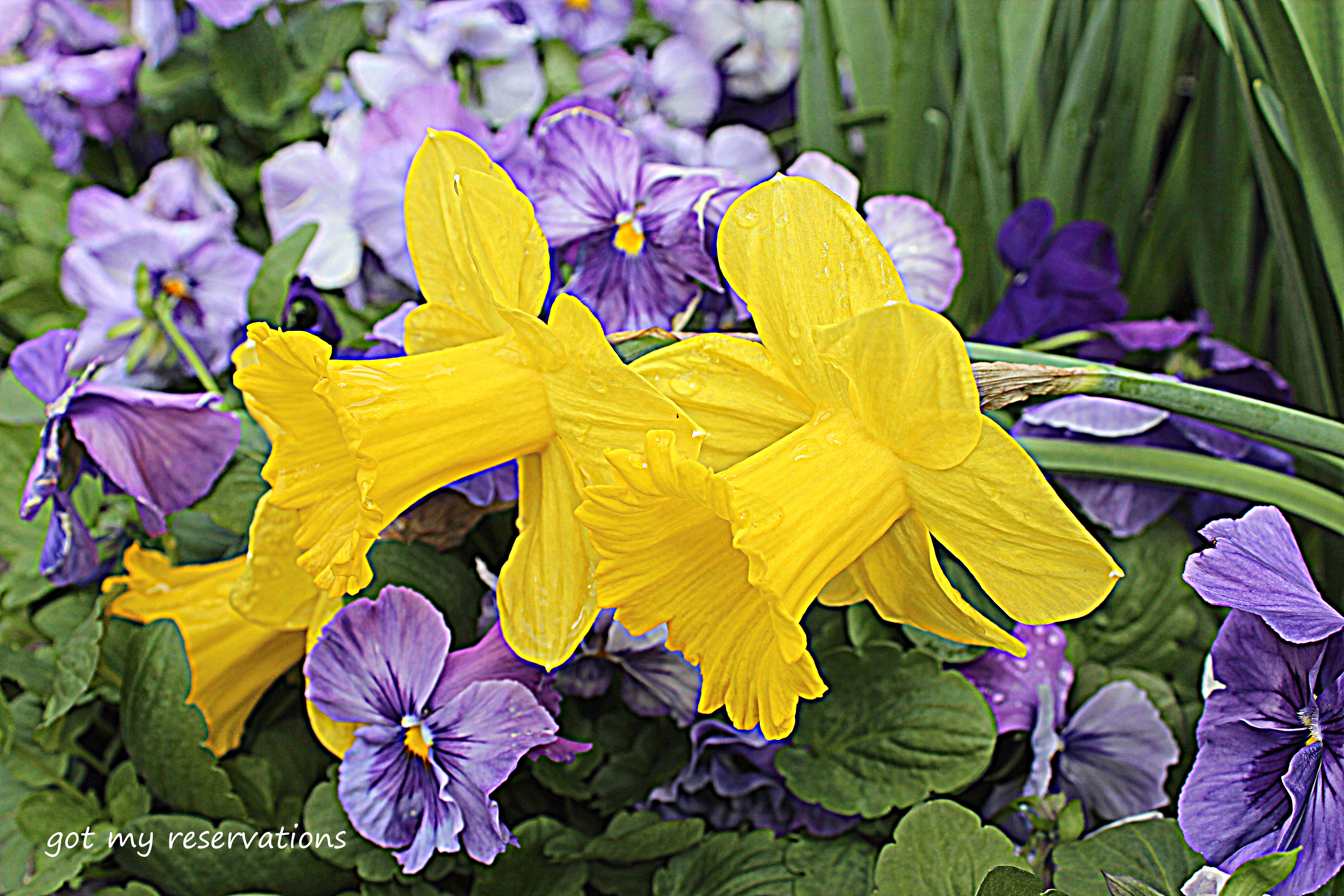
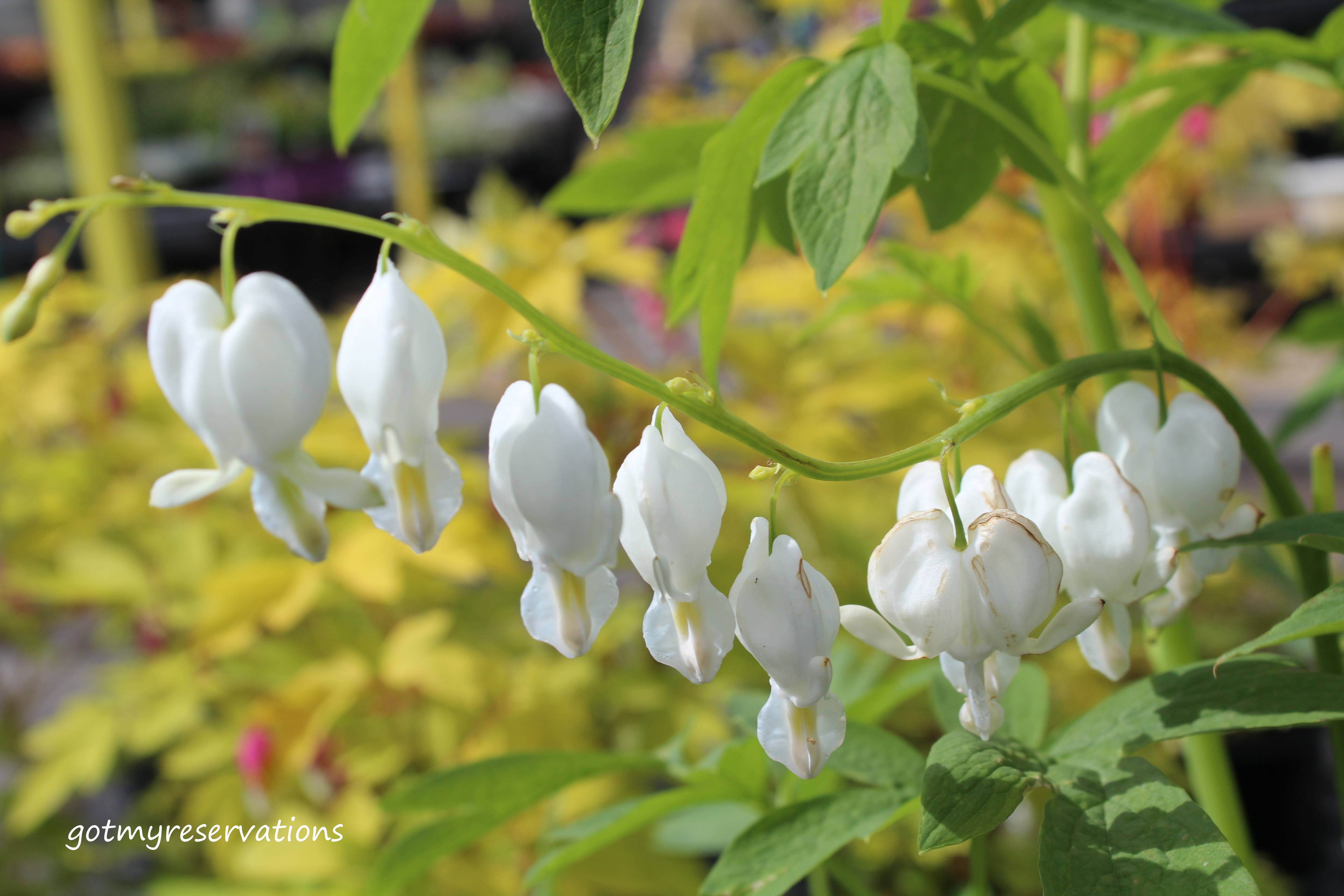










 Tar spot on maple is not actually “tar” on maple, but rather a fungal disease. Tar spots on maples are caused by fungi in the genusRhytisma. The most common species areRhytisma acerinumand R. punctatum.
Tar spot on maple is not actually “tar” on maple, but rather a fungal disease. Tar spots on maples are caused by fungi in the genusRhytisma. The most common species areRhytisma acerinumand R. punctatum.










